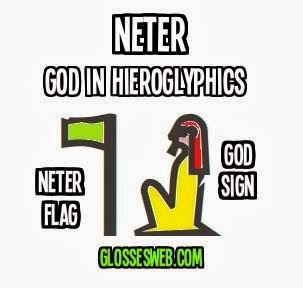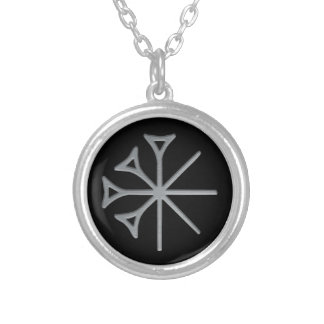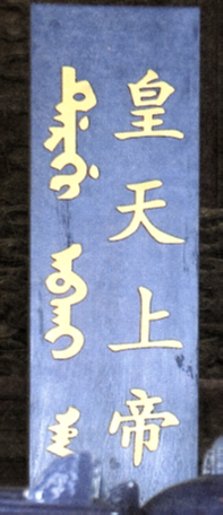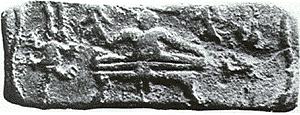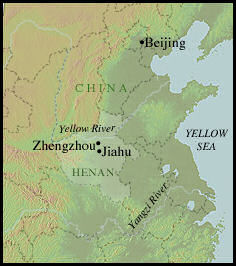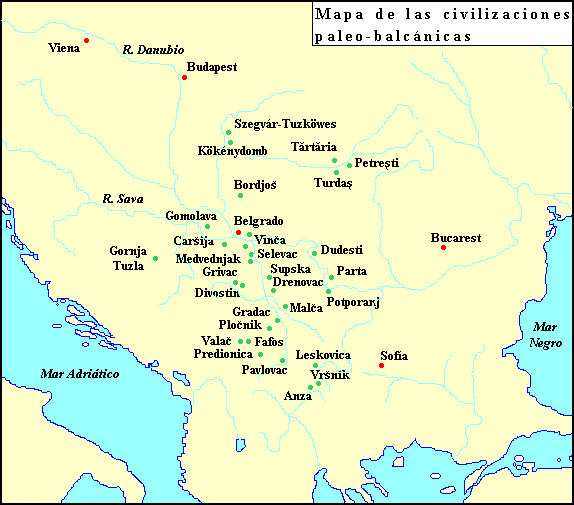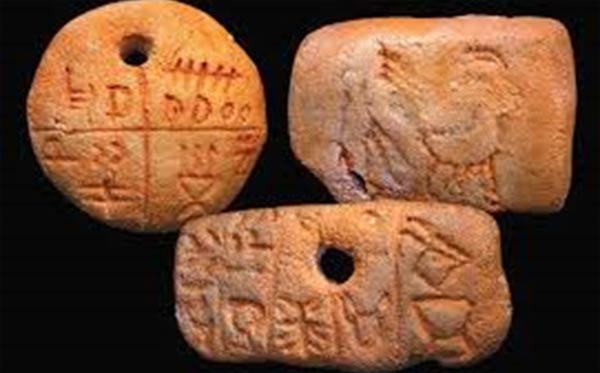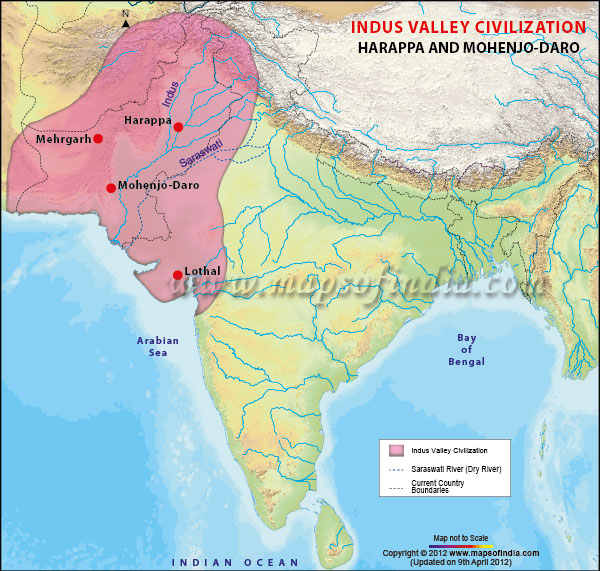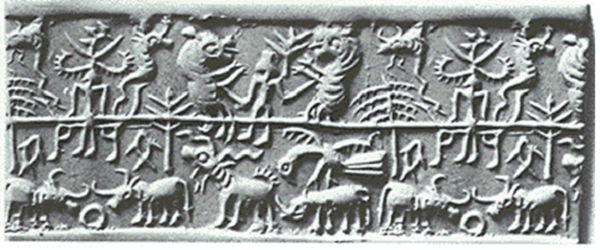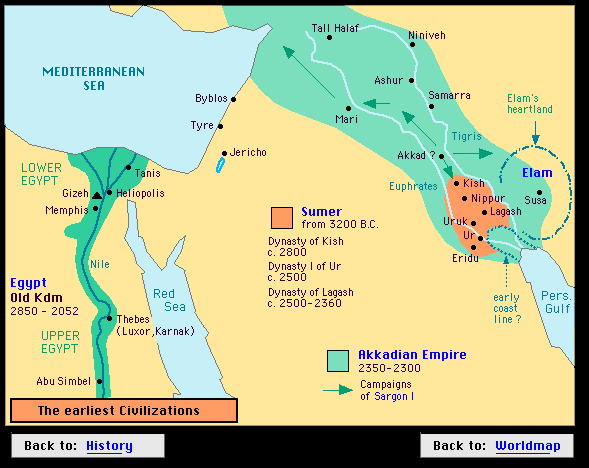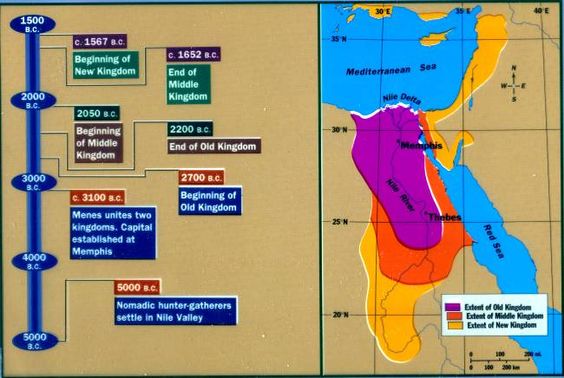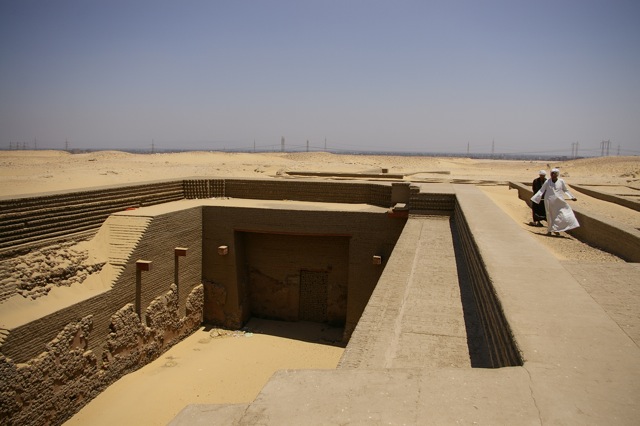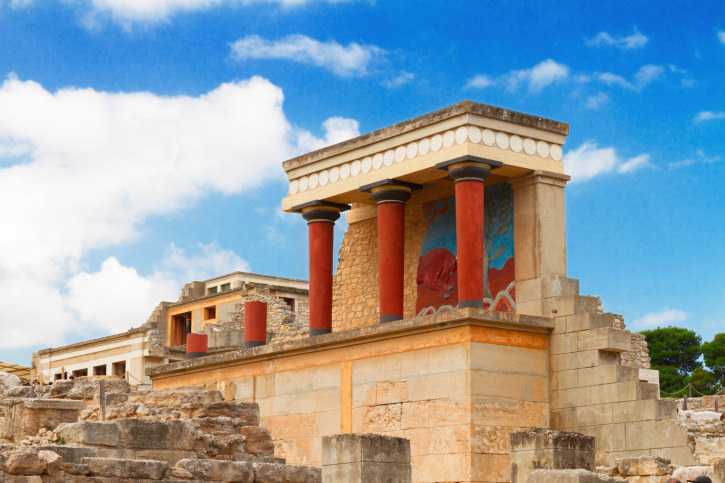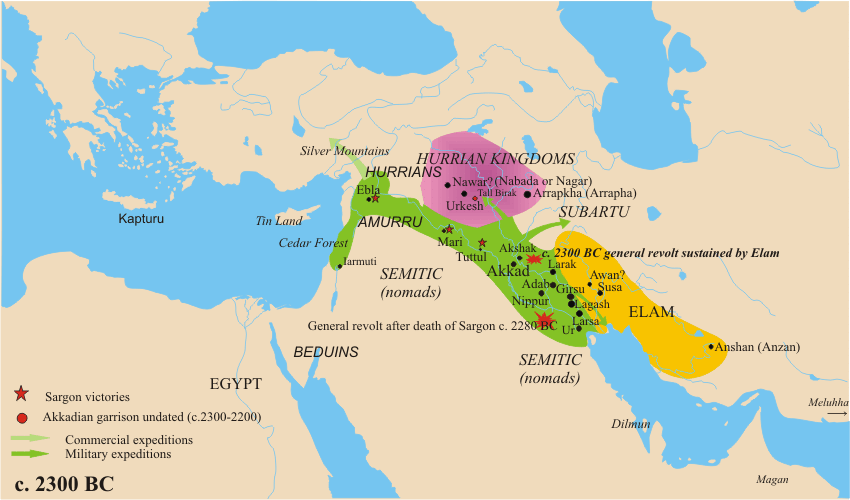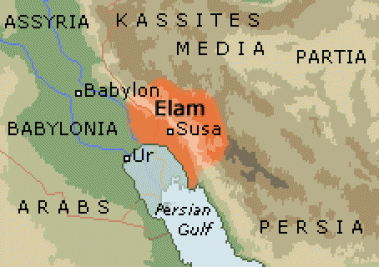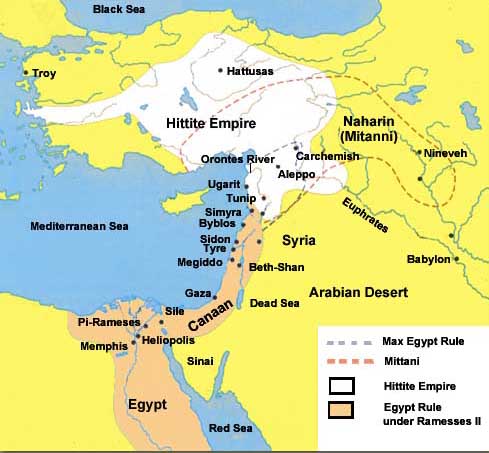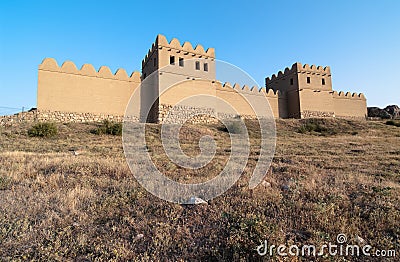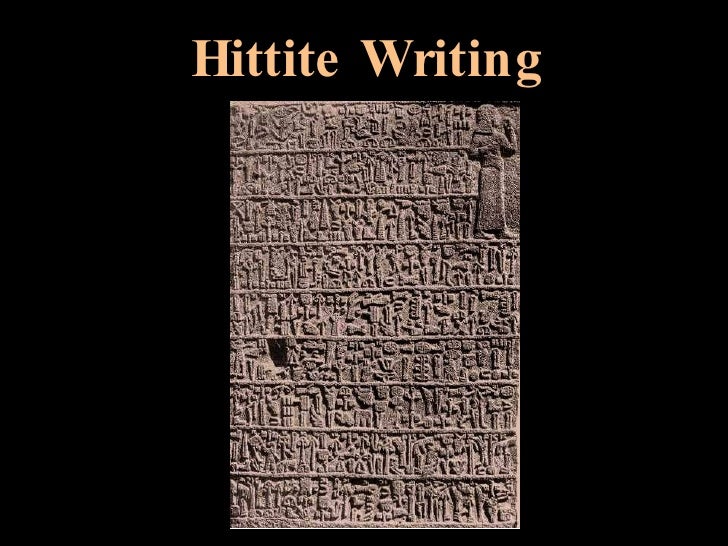Names and meanings for God:
Egypt
NTR / Neter / Netjer - It means a god or else a deceased person or pharaoh. They believed that the pharaoh had a special connection to god and that the departed became gods. Further etymology of the word is uncertain - Nature (eg. Latin Natura)? Heaven (eg. Coptic word for god Noute - Heavens goddess Nut)?
The symbol used to write it is a flag or an axe. Scholars have different opinions on which one the symbol means.
Another sign for NTR is a picture of a sitting god, like on the far right:
A writer who discusses this concept of God as NTR, the concept of God itself as its own being, see EA Budge. He is a famous Egyptologist wrote in the 1920's, which was a long time ago, but his research was vast. For Budge and some other Egyptologists, NTR was not just a word meaning a god, but a name for a specific god, namely God Himself, like when people today begin their prayers addressed to "God" in English.
Sumer
Dingir - means god or heaven or sky. It may come from an idea of something bright shining, or a star.
It's sign is an eight lined asterisk (instead of a six lined one) with four triangles at the ends.
Indus Valley / India
Deva = God / Deus in Latin
Bhagavan = Sanskrit title for God - the Blessed one / the Benefited / Adored one. (Like "Bog" = god in Russian and slavic languages)
Ishvara = another Sanskrit title, meaning "the Lord"
As I understand it, in Hinduism, "deva" is not a general name for God Himself in the way that Budge proposed that NTR was in Egypt.
While the prayers to God in Egypt according to Budge could be addressed to "God", or in Egyptian "NTR", such is not the case in Hinduism, where it only refers to specific gods like Shiva or Vishnu or Ganesh.
Also in Hinduism, I am not aware of a symbol for Bhagawan other than that of whatever each Hindu sect considers its main god to be, eg. Vishnu or Trimurti.
Indus Valley script has not yet been deciphered and it has some vague similarity to Sumerian script. Sanskrit came later and is the source of the Vedas, written about 1500 BC. Indus Valley writing may, in my mind, have a symbol for god like Sumerian writing does.
An attempt to decipher some basic Indus Valley letters by Jeyakumar Ramasami using some information from Sanskrit:
Indus Script Based on Sanskrit Language
http://www.sci-news.com/othersciences/linguistics/science-indus-script-sanskrit-language-01777.html
Some scholars, such as G.R. Hunter,
[8] S. R. Rao, John Newberry,
[9] Krishna Rao,
[10] Subhash Kak[11] have argued that the
Brāhmī script has some continuity with the Indus system. While others such as
Iravatham Mahadevan,
Kamil Zvelebil,
Asko Parpola found relation with the
Dravidian language.
[12][13] F. Raymond Allchin have somewhat cautiously supported the possibility,
[14][15] and even many supporters of the consensus theory that Brāhmī probably derives from
Aramaic influence do not entirely rule out the possibility of some Indus script influence, pending the discovery of new evidence that might illuminate the murky early history of Brāhmī.
...
"Sanskritic" hypothesis

Indus people endless knot symbol/
Rangoli and Inscription possibly proto Dravidian or proto Sanskrit
Indian archaeologist
Shikaripura Ranganatha Rao claimed to have deciphered the Indus script. Postulating uniformity of the script over the full extent of Indus-era civilization, he compared it to the
Phoenician Alphabet, and assigned sound values based on this comparison. His decipherment results in an "
Sanskritic" reading, including the numerals
aeka, tra, chatus, panta, happta/sapta, dasa, dvadasa, sata (1, 3, 4, 5, 7, 10, 12, 100).
[46] He notes a number of striking similarities in shape and form between the late Harappan characters and the Phoenician letters, arguing than the Phoenician script evolved from the Harappan script, challenging the classical theory that the first alphabet was
Proto-Sinaitic.
[47]
John E. Mitchiner, has dismissed some of these attempts at decipherment. Mitchiner mentions that "a more soundly-based but still greatly subjective and unconvincing attempt to discern an
Indo-European basis in the script has been that of Rao".
[48]
Support for a continuity between Indus and Brahmi has been sought in graphic similarities between Brahmi and the late
Harappan script, where the ten most common ligatures correspond with the form of one of the ten most common glyphs in Brahmi.
[49] There is also corresponding evidence of continuity in the use of numerals
[50][51] Further support for this continuity comes from statistical analysis of the relationship carried out by Das.
https://en.wikipedia.org/wiki/Indus_script
China
Shang Di
上帝 = Supreme/Highest Lord/Deity
上 = Shang = Supreme or Highest or First. The horizontal line in the middle is like a raised line, meaning that something is high
帝 = Deity or Lord or Emperor . In the Chinese system, an emperor was a "son of heaven", with a special connection to God or a manifestation of God. Scholars debate whether this is a picture of a person or of burning logs like in a sacrifice.
Huang Tian
皇天 = "Ruler of Heaven" or "Royal/August/Imperial Heaven/God"
皇= Huang = royal, imperial, august, emperor, sovereign, ruler, superior
天 = Tian or Tien = Heaven or God. Scholars commonly propose that God was the original meaning because the picture is of a person. There are even early pictures of Tien that look even more like a person.
Another image of Tian, one from Bronze age ritual bronze objects. SOURCE:
https://en.wikipedia.org/wiki/Tian
Inscription saying "Huang Tian Shang Di" in the Temple of Heaven in Beijing, meaning "Sovereign of Heaven, Supreme Deity" or "Supreme Lord of the Great Heaven":



